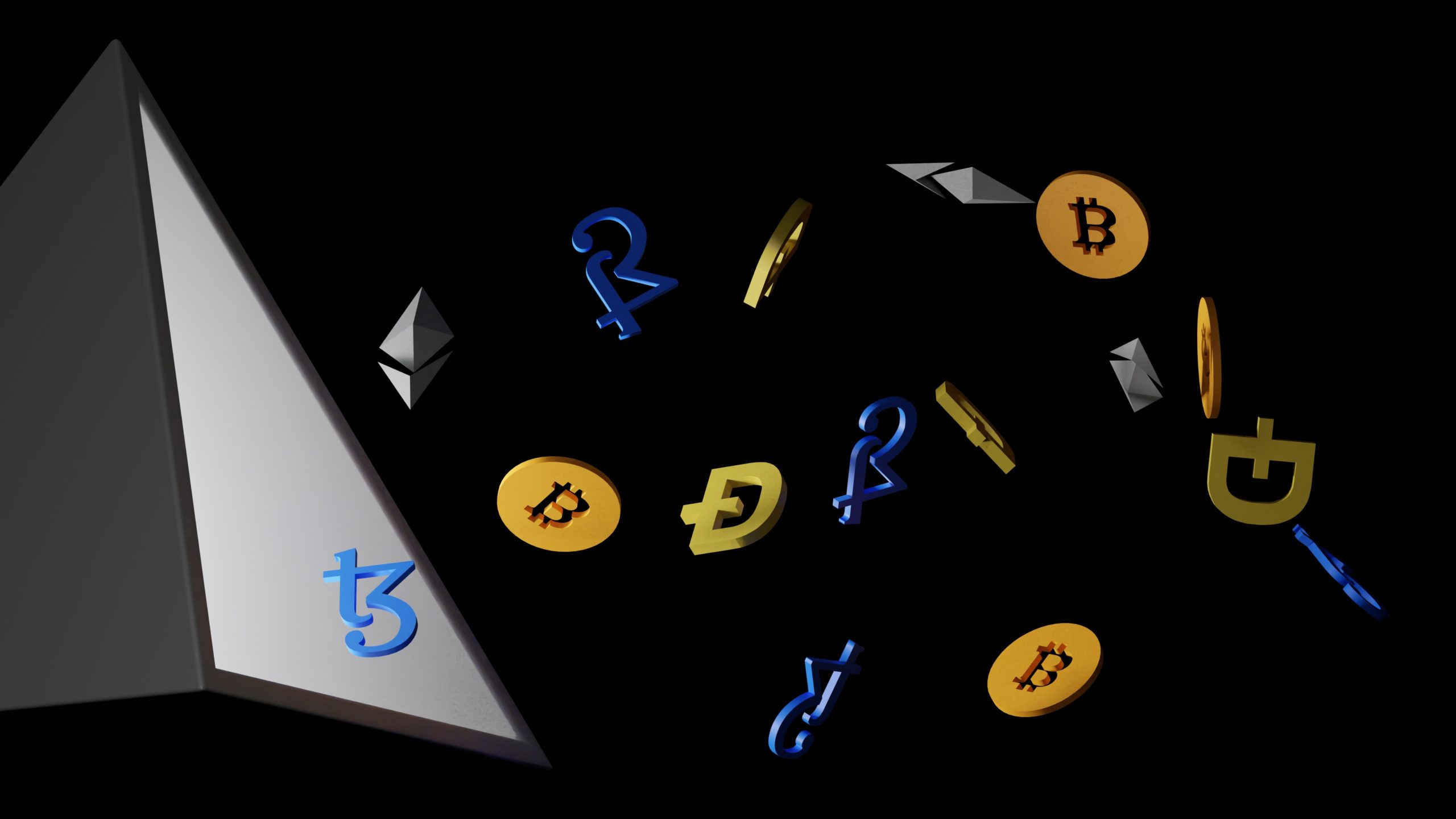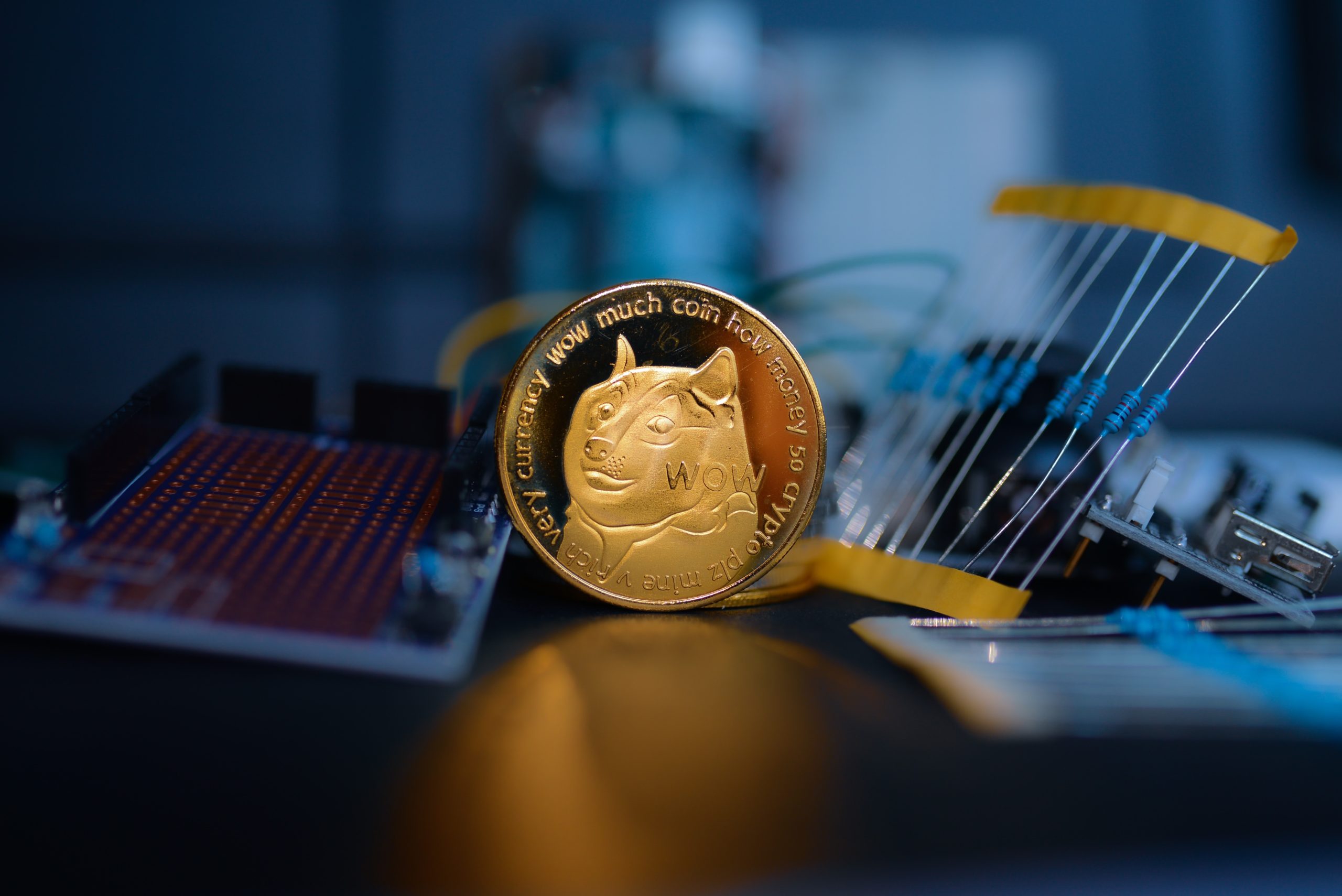Fantom is a platform for the creation of decentralized finance and smart contracts based on DAG technology. It is a permissionless, open-source decentralized network without any usage of blockchain technology. This indicates that several teams’ attention to detail is what leads to consensus about a transaction’s validity.

The creators of Fantom
Dr. Ahn Byung Ik, a computer scientist from South Korea, founded the Fantom Foundation. Michael Kong currently serves as the platform’s CEO. The full-stack blockchain development experts at Fantom set out to create a platform for smart contracts that prioritized scalability, decentralization, and security. According to the company’s website, the Fantom team also comprises experts in engineering, science, research, design, and entrepreneurship.
Benefits and drawbacks of Fantom (FTM)
The Lachesis consensus mechanism, which is similar to Proof of Stake, is used by the Fantom network. This is unique in that it is a consensus layer that can be extended to other ecosystem levels, adding further security to potential blockchain integration. An in-depth analysis of Lachesis reveals that it is a consensus technique based on DAG called aBFT, or Asynchronous Byzantine Fault Tolerance.
DAG technology does away with standards in preset block sizes for speedier, almost immediate, and cost-free transactions. This entails speeding up transaction processing even further and lowering the number of confirmations. The procedure that follows uses Byzantine Asynchronous Fault Tolerance to save the data on the blockchain. This enables nodes to validate blocks without making any time-related assumptions. Despite being linked to Lachesis, each new blockchain created through the Fantom protocol is autonomous. Each blockchain may communicate with other blockchains in this fashion.
Fantom has numerous benefits which makes it a great platform to invest in. However, It does have some drawbacks.
Several benefits of Fantom (FTM)
Here are some of the advantages of Fantom:
A quick transaction
DAG technology makes it feasible to do up to 300,000 transactions per second. Since the node does not need information from earlier transactions, as is the case with the blockchain, transactions may be completed more quickly.
Lower transactional expenses
With values less than one cent of a dollar, or more particularly, 0.00001 dollars, the cost of paying for a transaction is significantly decreased.
Rapid transaction completion
Compared to Bitcoin, which confirms and completes operations in an hour, and Ethereum, which confirms and completes operations in two seconds, this is a tiny value.
Usage of stable currencies
Stable currencies are used in the network since the concept allows for the exchange of stable currencies like the USD (1-5) (US dollar).
Interoperability
It is compatible with the Ethereum virtual machine (EVM), enabling the transfer of well-liked Ethereum apps to the Fantom network.
System of incentives for application developers
By doing this, the network ensures that it continually expands by adding new projects.
A system of rewards for app makers.
Unlike other platforms, where choices are made with a yes or no vote, Fantom projects are voted on a scale of 1 to 4.
Drawbacks of Fantom (FTM)
Despite its many advantages, Fantom also comes with certain disadvantages which include:
Access restrictions for validators
A validator node must block 1 million FTMs to qualify. Considering the capitalization of this currency, a significant sum. Even so, everyone may profit by giving one FTM of their holdings to a reliable validator.
Compared to the block Chain system, low security
In contrast to other blockchain networks, where efforts are made to address the issue of 51%, the DAG system requires only 1/3 of the network to engage in hostile activity.
Considering the Block Chain system, low security.
Model for inflation
A 5% annual beginning inflation rate is anticipated. As more people sign up for the network, this will decrease. Nodes and platform user incentives will each get 20% of the total inflation.









